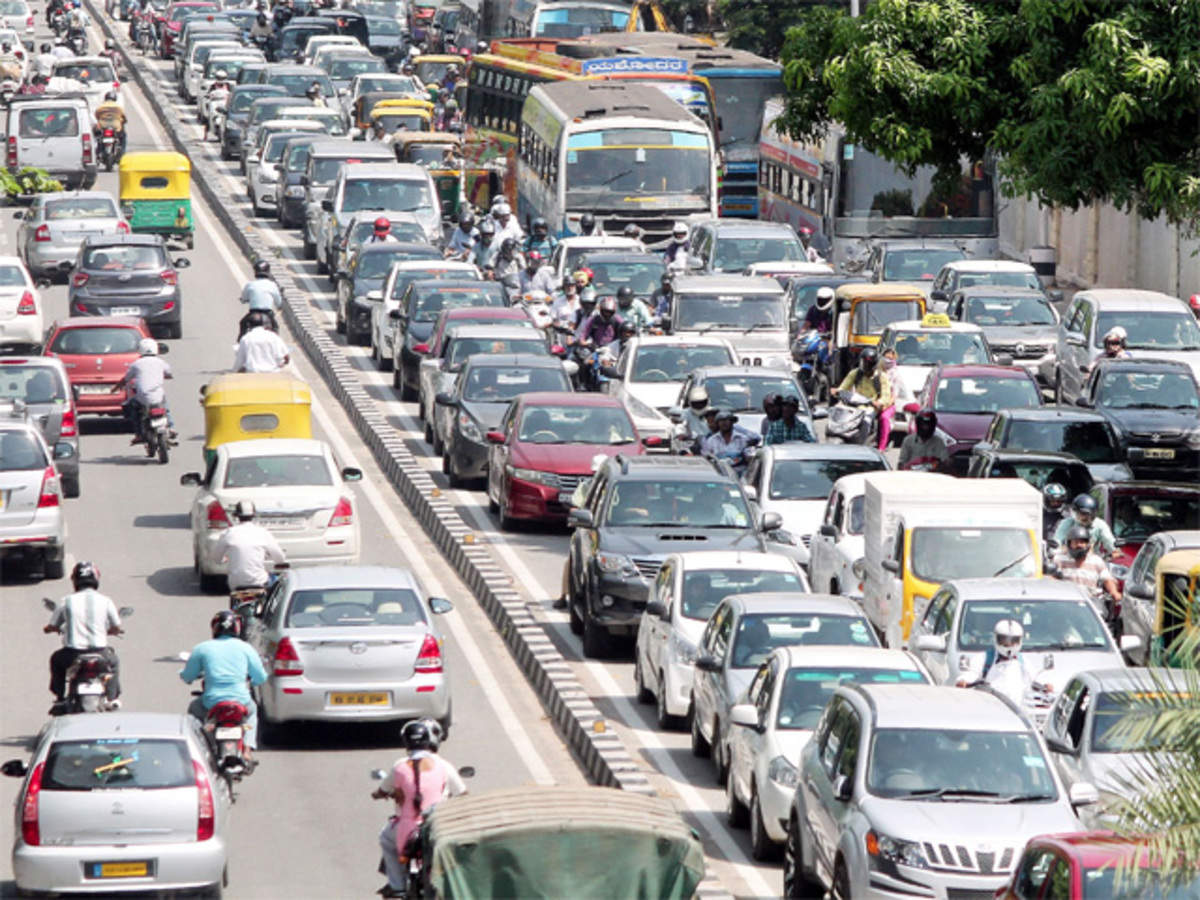
Indian cities hit rock bottom on livability index; infra pulls down Bengaluru
Tech hub Bengaluru was found to be the least livable among Indian cities by the index, and this was mainly due to its poor infrastructure

All five Indian cities that figure in the Economist Intelligence Unit’s (EIU) Global Livability Index 2022 rank towards the bottom of the pile. The Index analysed living conditions in 173 cities across the world.
New Delhi, Mumbai, Chennai, Bengaluru and Ahmedabad were surveyed by the index and they rank between 140 and 146. The ideal score is 100. Among Indian cities, New Delhi received the top rank of 140, with a livability score of 56.5. This was followed by Mumbai at 141 (score 56.2), Chennai at 142 (score 55.8), Ahmedabad at 143 (score 55.7) and Bengaluru at 146 (score 54.4).
The Federal lists the most and least livable cities here
The EIU is the research and analysis division of The Economist Group, a global media and information services company. The EIU on June 24 released its annual livability index report, which ranks cities across the world on their ‘livability’ quotient or condition of living offered in a city.
Ranks on five parameters
The cities are ranked on the five broad parameters of stability, healthcare, culture and environment, education and infrastructure. Stability and culture and environment have the highest weightage — 25 per cent each — while healthcare and infrastructure get a weightage of 20 per cent each and education has a weightage of 10 per cent.
This the first time that the index has included Chennai, Bengaluru and Ahmedabad; earlier reports only featured Delhi and Mumbai among Indian cities.
It is noteworthy that Bengaluru, the country’s tech hub, was found to be the least livable among Indian cities by the index, and this was mainly due to the city’s poor infrastructure. The city received a score of 46.4 (out of 100) in infrastructure, the lowest among all Indian cities. Delhi with 62.5 scored the highest, followed by Mumbai at 55.4 and both Chennai and Ahmedabad ay a score of 50 each.
The infrastructure score is based on quality of roads, public transportation system, international links, energy provision, telecommunications, water and availability of good quality housing.
Even Pakistan’s Karachi (51.8), amongst the five least liveable cities in the world in the index, scored better than Bengaluru on infrastructure parameter. Bengaluru’s infrastructure score was equal to Lagos in Nigeria, the third-least livable city in the world.
‘Substantially constrained living’
In the culture and environment parameter — based on weather, corruption, social and religious restrictions, sporting availability, culture and ratings on food and drink and consumer goods and services — Ahmedabad scored the least with 44.4. Mumbai was on the top in this category with a score of 50.7, followed by Delhi (48.6), Bengaluru (47.2) and Chennai 46.5.
However, Ahmedabad with a score of 65 came on the top on the stability parameter, which mainly is a reflection of law-and-order situation in the city. Bengaluru, Chennai and Mumbai scored 60 each, while Delhi with 50 was the last.
In the healthcare parameter, which measures the quality of public and private healthcare infrastructure along with availability of medicines, Chennai, Delhi and Bengaluru scored 58.3 each and Mumbai and Ahmedabad 54.2 each.
In education, calculated on availability of private education and its quality and public education indicators, Delhi, Chennai and Bengaluru scored 75 each, while both Mumbai and Ahmedabad scored 66.7.
If a city’s livability score is between 50-60, as in the case of Indian cities, then “liveability is substantially constrained”, according to the EIU’s suggestions.

